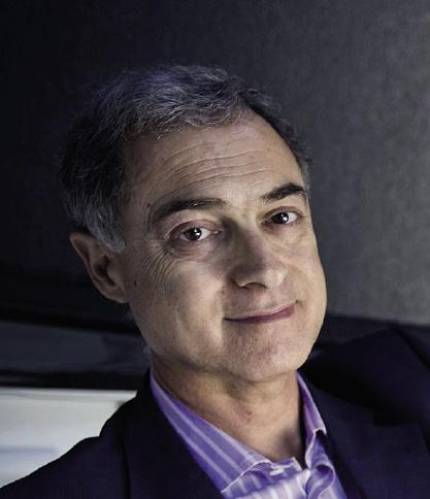Cassini 1997-2017
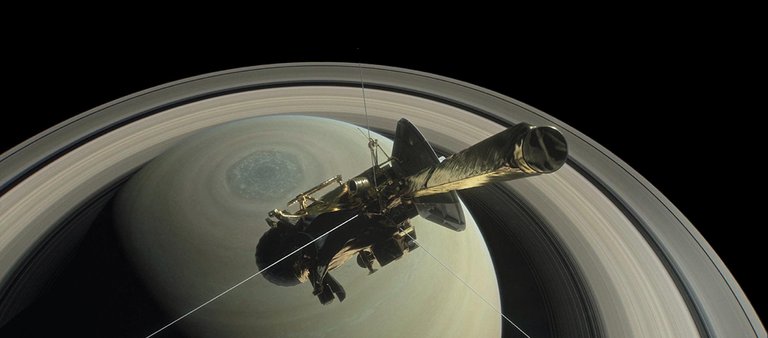
“To say that it has been the most successful mission of space exploration perhaps too much, but one of the most successful,” says Agustín Sánchez Lavega, director of the Planetary Sciences Group at UPV. “Cassini has been working for twenty years, Huygens was able to get down to the Titane, the farthest landing of all time and everything he is proving about the Saturn system is terrible. It has certainly been a success.”
Sánchez Lavega recalls that they had high expectations when they launched Cassini-Huygens in 1997. “We had a lot of expectation, for example with the Titane. In fact, Voyager showed that he covered it with a compact orange mist and that there could be many things under it. Great things were also expected from what Cassini was going to do on Saturn, and I think all expectations have been met.”
One of the most exciting moments was the time Cassini released Huygens and landed on Titan in January 2005. Sánchez Lavega remembers it well. At that time he was a member of the ESA Solar System Exploration Advisory Commission, which was meeting in Paris. “They informed us that Huygens landed on Titan and showed us the video made with the images taken on the descent. We saw how the mist crossed, at first nothing was seen and suddenly we began to see those landscapes. They looked like images taken from planes during World War I. Going down and down, and at the end we saw the flash of the lamp light when it touched the floor. The whole commission jumping. That meeting in Paris was truly memorable.”
Cassini-Huygens has been a joint mission of US, European and Italian space agencies (NASA, ESA and ASI). To reach Saturn, he passed twice by Venus to take advantage of his gravitational help, once on Earth and again on Jupiter. As he approached Saturn he discovered his two new moons, Metone and Palene. The final line caught her on another Saturn moon, Feben. And he entered the orbit of Saturn on July 4, 2004. “The trip was not easy and much less entering the orbit of Saturn,” explains Sánchez Lavega. “The journey of all subsequent special orbits, including the latest ones in production, is also remarkable. It has been an astrodynamic marvel.”
And technologically the same thing. “Keep in mind that these are teams from the 90s. All the tools have worked perfectly and to analyze all the data that has been obtained, not many years ago, you will need a lot of data. For much. Therefore, the mission has been truly fruitful.”
Saturn nearby
It was never so close to Saturn and from the beginning began to send spectacular images. This has continued for 13 years touring around Saturn and its moons, offering spectacular images and discovering surprising finds.
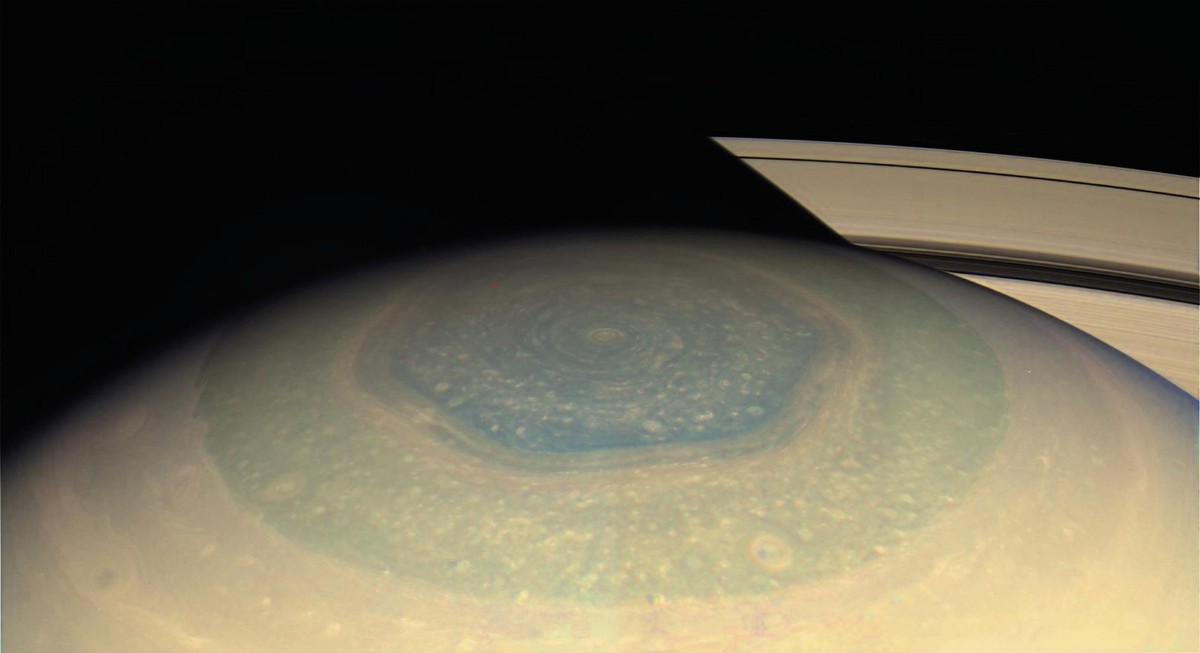
Saturn has seen rays, giant storms and exotic currents. Cassini also showed that the hexagon of the North Pole discovered in the Voyager mission in 1980 was still there, and has allowed us to analyze it closely. It is a hexagon-shaped current, but no one knows why it has that form. “It is one of the great mysteries of Saturn,” says Sánchez Lavega. “In this gas giant [Saturn is 700 times larger than Earth] we have seen different weather structures than the rest of the solar system: the hexagon, the terrible polar swirls, the strong winds of the equator and the giant storm of 2010.”
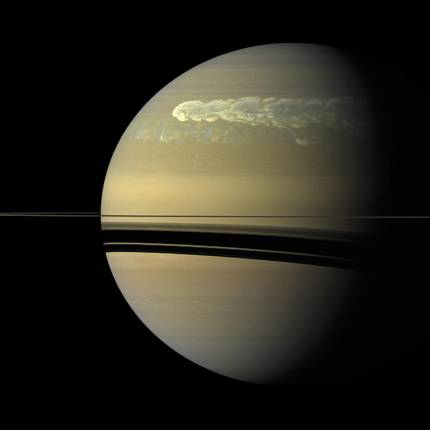
All of them have been investigated directly by the team of Sánchez Lavega. For example, equatorial storms have been studied to study the winds of the equator. “In the equator there are incredible winds of 1,800 km/h. On Earth, the strongest hurricanes usually reach 300 km/h, he thinks.” And for Sánchez Lavega it was especially important to study the giant storm of 2010, published on the cover of the journal Nature. Every 28-30 years a giant storm known as the Great White Spot occurs in Saturn. The latter, however, came nine years earlier than expected in 2010. “We were lucky enough to blow up the storm while Cassini was on Saturn. The storm turned the entire planet.”
Keep in mind that Cassini has been there almost half of Saturn's year. In fact, Saturn's year lasts about 29 years. And there are also four stations, each of them about 7 years old. Cassini arrived in winter and has been until early summer. “This is important because it allows us to investigate the changes that occur with the stations,” explains Sánchez Lavega.
Rings and moons

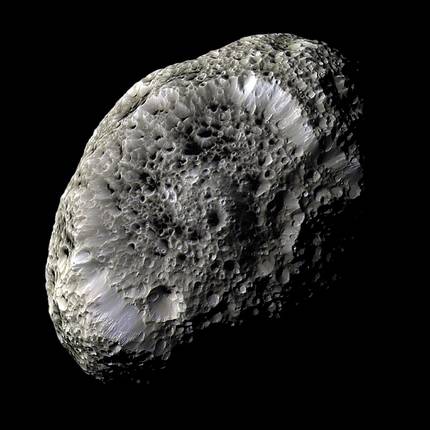
We also know much better the rings so characteristic of Saturn thanks to Cassini. “We have seen that this is a living system, with interactions between moons and rings,” explains Sánchez Lavega. For example, Cassini has shown that the E ring is formed by the water ice coming out of the moon. Other moons steal the material from the rings or produce waves on the rings.
Saturn's equinoculation was an important moment, as the Sun touches just on the edge of the rings. Cassini then surprised that some of the particles forming the rings were as large as the mountains. Other particles are of residual size.
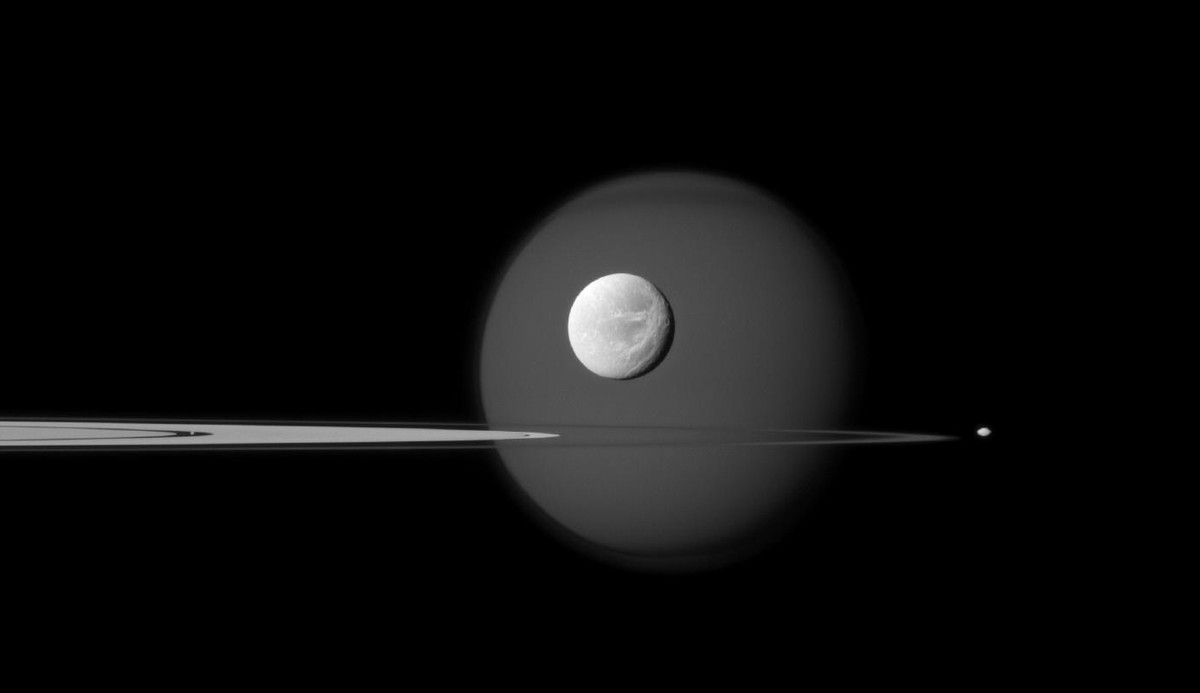
Thanks to Cassini and Huygens we have also known the peculiarities of Titan. Titan is the largest moon in Saturn, about the size of Mercury. Cassini and Huygens have shown that behind this orange mist there is a landscape very similar to that of the Earth. There are dunes, lakes, rivers and rain. Dunes are considered to be hydrocarbon coated water ice, while lakes, rivers and rain are methane. “It is exceptional, the only case we know together with the Earth is that of liquid deposits on the surface,” said Sánchez Lavega.
In addition, some measurements by Cassini and Huygens suggest that beneath the surface there may be a liquid ocean formed by water and ammonia. “On the surface there seem to be ice volcanoes. And layers of organic haze. Its organic chemistry is exceptional. Although it is a very cold world, it has a very rich chemistry, even from the prebiotic point of view,” added Sánchez Lavega.
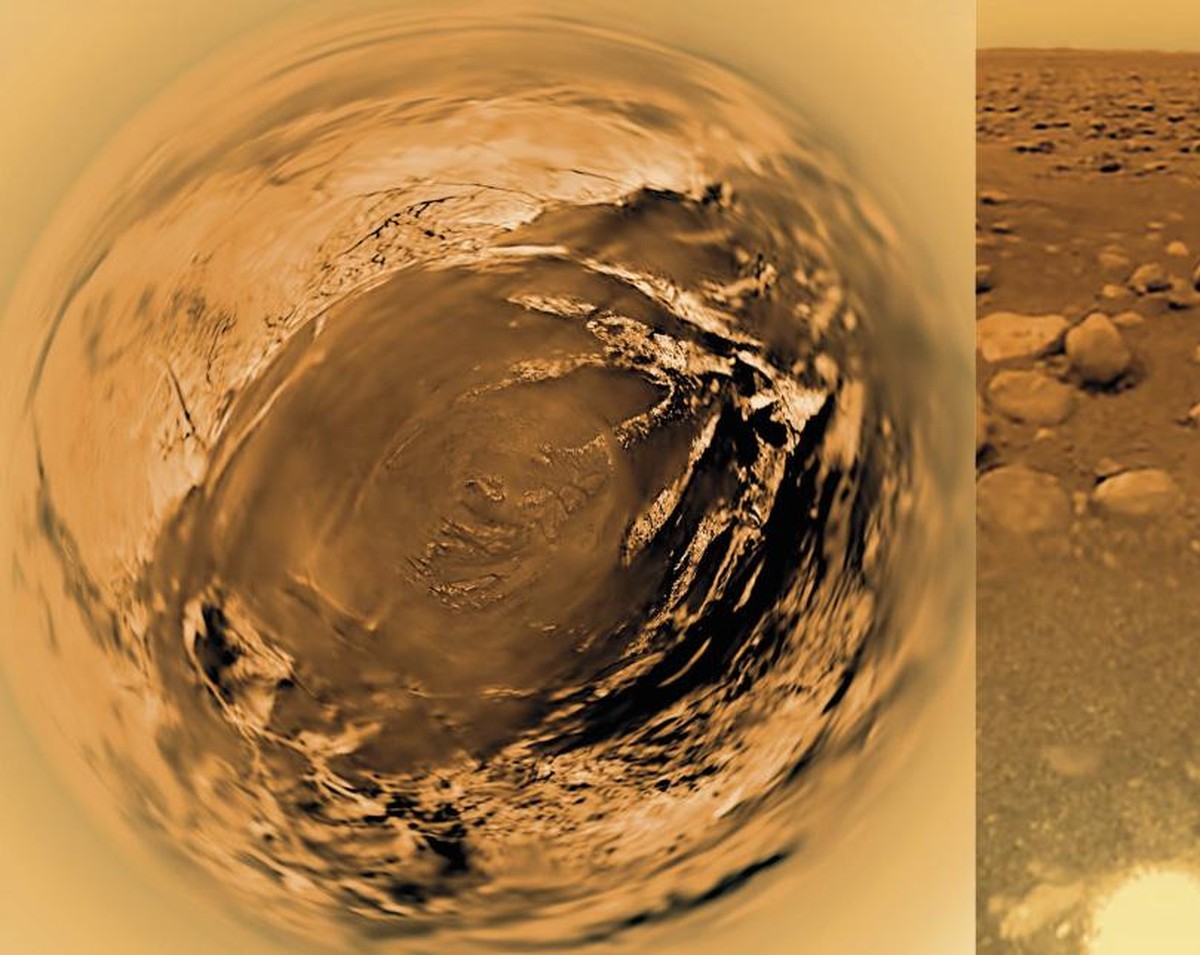
And if Titan is great, it's no less Entzelado. “It’s been a great discovery,” according to Sánchez Lavega. The one who measured the Cassini magnetometer there attracted the attention of the researchers: Some of Encielado opposed Saturn's magnetic field. This meant that perhaps Entzelado emitted gases. They clearly saw the need to closely investigate this little moon.
In total it has been 23 times around Cassini Entzelador-Encielado. It is a small moon, about 500 kilometers in diameter, but it has surprised a lot. The first surprise was to see that it has a very young and complex surface. And then came the second, a mist of water vapor in the South Pole. They saw that from the surface cracks it throws water and ice vapor into space through geysers. Part of this expelled ice is the E ring of Saturn and the rest falls to the surface of Entzeladoren. In fact, Entzelado is completely covered with ice, making it the brightest body in the solar system. As Cassini showed that this ice comes from inside the moon.
In fact, various measurements have suggested that Entzelado has a sea of salt water below the surface. And the water of that sea is the one that comes out of the geisers of the South Pole. Cassini was able to directly analyze the material extracted from the geisers and discovered, in addition to water vapor and ice, organic matter, in a much higher density than expected. And it seems that along this sea there can be hydrothermal sources. “It’s exciting that this little one has an internal activity and an ocean with astrobiological possibilities.” Life has all the components you think you need: liquid water, heat and food.
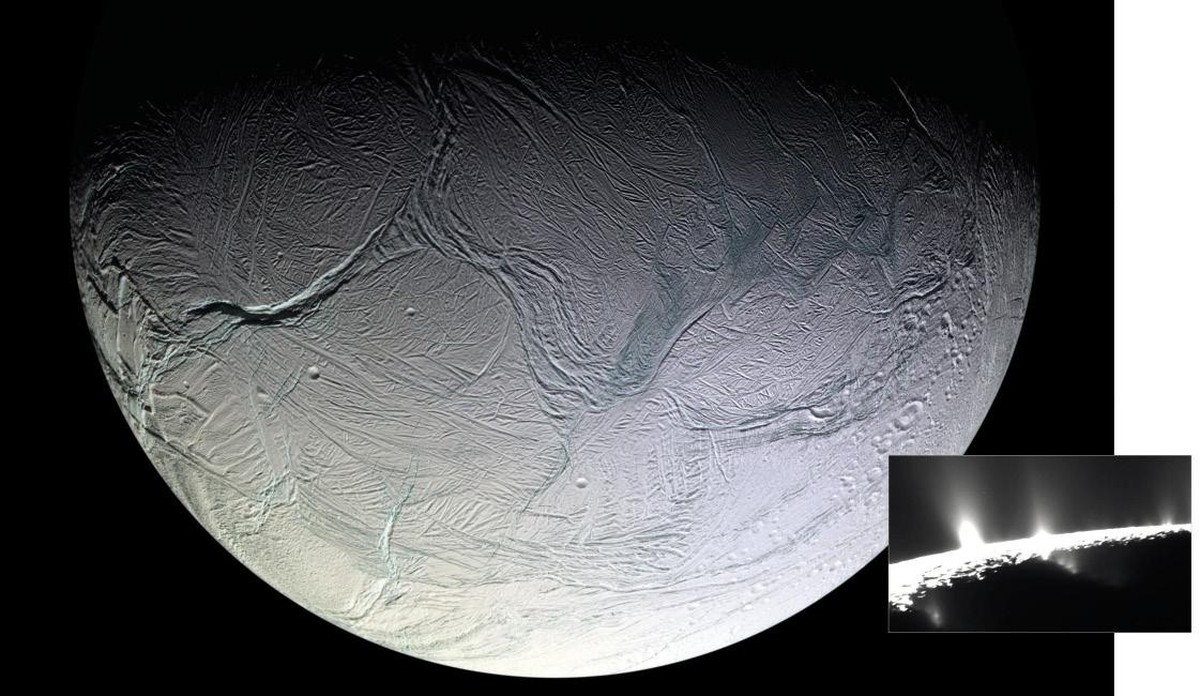
Grand final
After 20 years, Cassini has exhausted its fuel. He had enough left for the last adventure. “Now we are waiting for everything that comes from The Grand Finale,” says Sánchez Lavega.
On April 26 it passed for the first time between Saturn and the rings. They did not know whether or not there could be particles that could damage the probe between the rings and the planets, and just in case the main antenna split as a shield. Checking that there was no danger, he redirected the antenna to Earth to continue sending information. Since then an orbit is forming approximately a week. He will make them twenty-seven, before his disappearance on September 15.
“This had to be left for the end,” explains Sánchez Lavega, “because the passage through the inside of the rings was not easy and it was not possible before to endanger the mission. But he has successfully overcome it. And he can do things he couldn’t do before.”
Among other things, they hope you can determine the mass of the rings, due to the uncertainty in the measurements made so far. “Based on the mass and thickness of the rings, we believe that you can also know the origin of the rings,” adds Sánchez Lavega, “if they come from a satellite destroyed by their excessive approach to the planet or if they are remains that remained at the time of its creation.” At the same time, the age of the rings is expected to be determined.
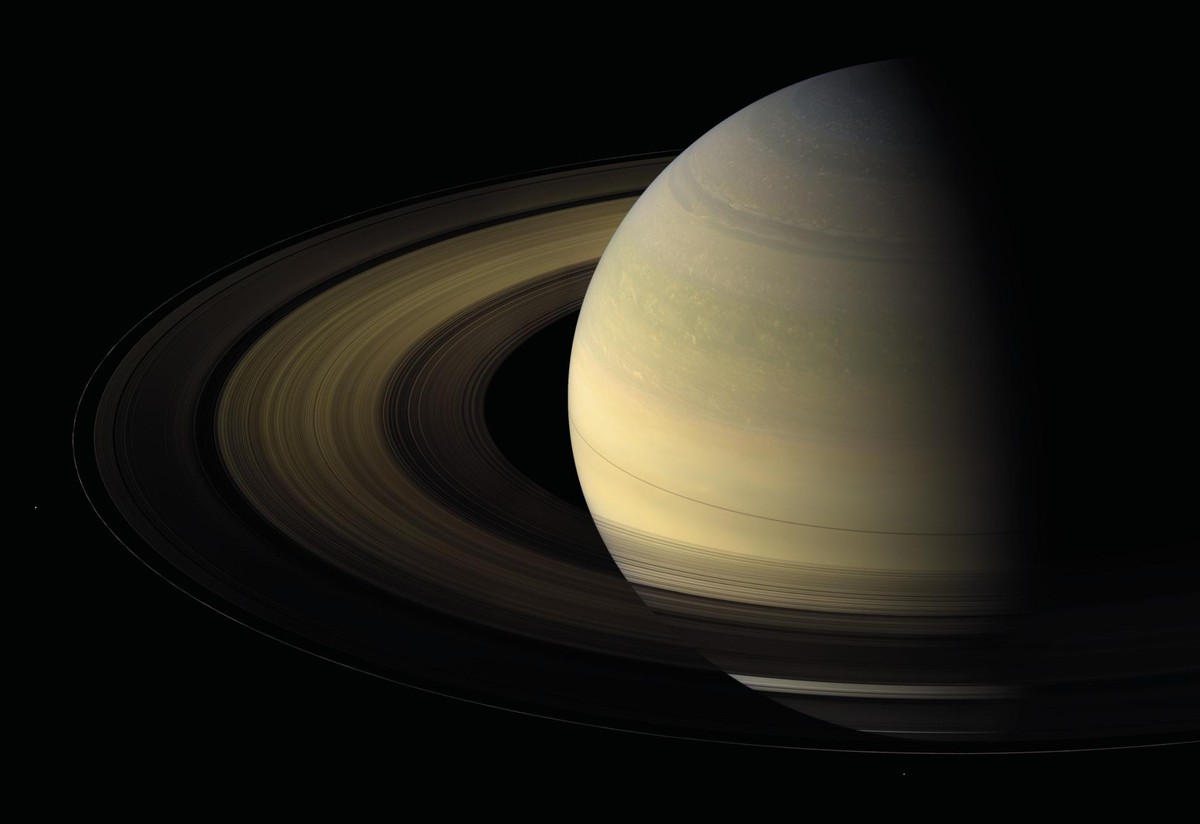
“Near the planet you can measure the gravity field with great precision and thus know the interior of Saturn. And rotation, another of the mysteries of Saturn.” We still don't know exactly how long Saturn's day lasts. It is about eleven hours, but when it reached Cassin the rotation had measured six minutes slower than that measured by Voyager 25 years earlier. And subsequent measurements seem to indicate that the rotation speed has also varied during Cassini's stay. However, according to the laws of Physics, this is very difficult. Cassini hopes to help solve this mystery.
Finally, Cassini will show how Saturn's interior is. “First it’s about knowing if you really have a core and how it is. Then, depending on the hydrogen layers surrounding the core, we do not know well the high-pressure physics inside these planets. And I think for the first time we will know how hydrogen acts within the planet. And maybe we can get to detect some indication of the origin of the inner heat of the planet.”
“The best way to finish the mission is the best end that could be designed to have scientific value.” In fact, Cassini will continue to send all the information he receives, directing the antenna to the earth, until the last hour, while immersing himself in the sky of Saturn. To Kiskali.
Buletina
Bidali zure helbide elektronikoa eta jaso asteroko buletina zure sarrera-ontzian




